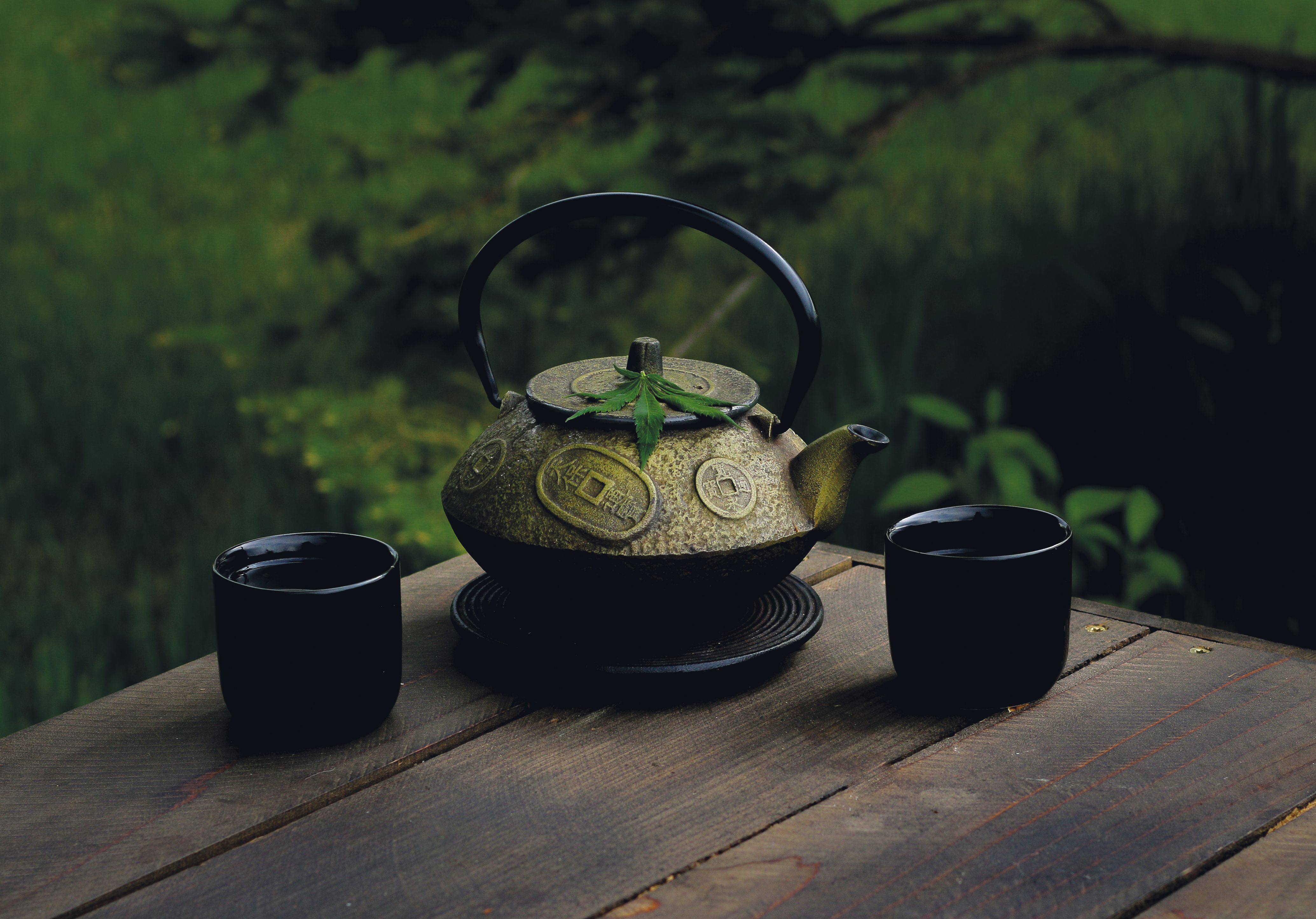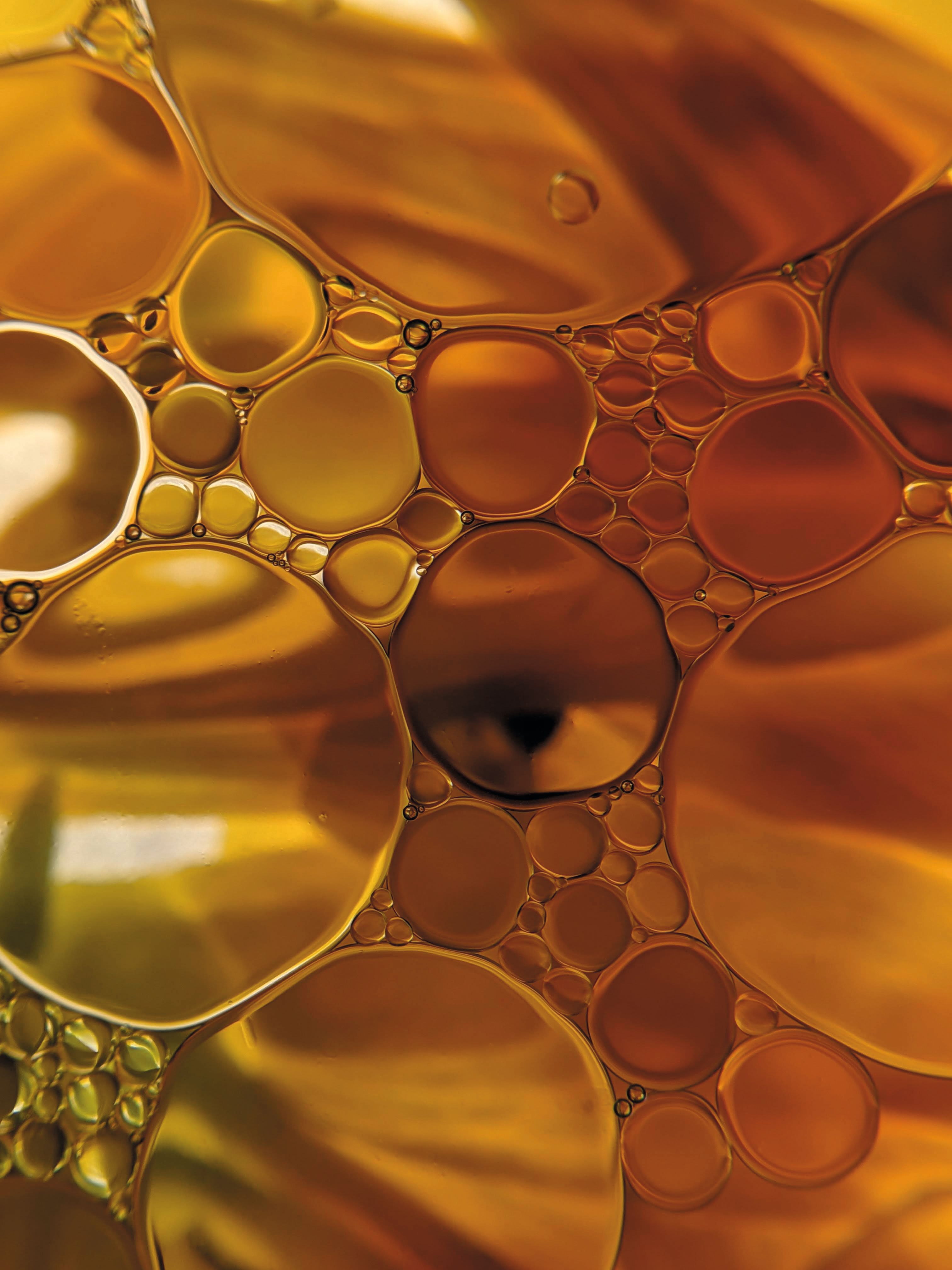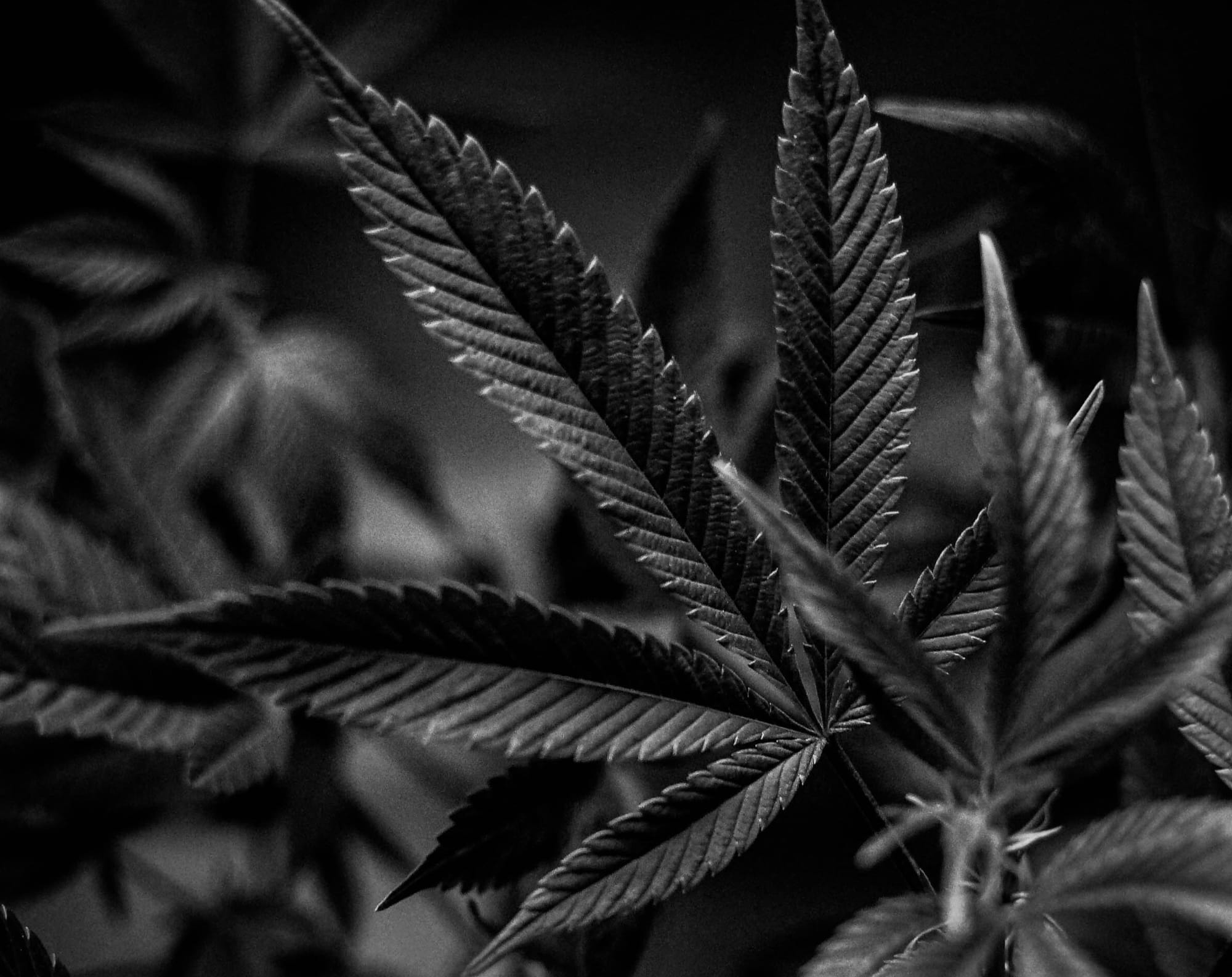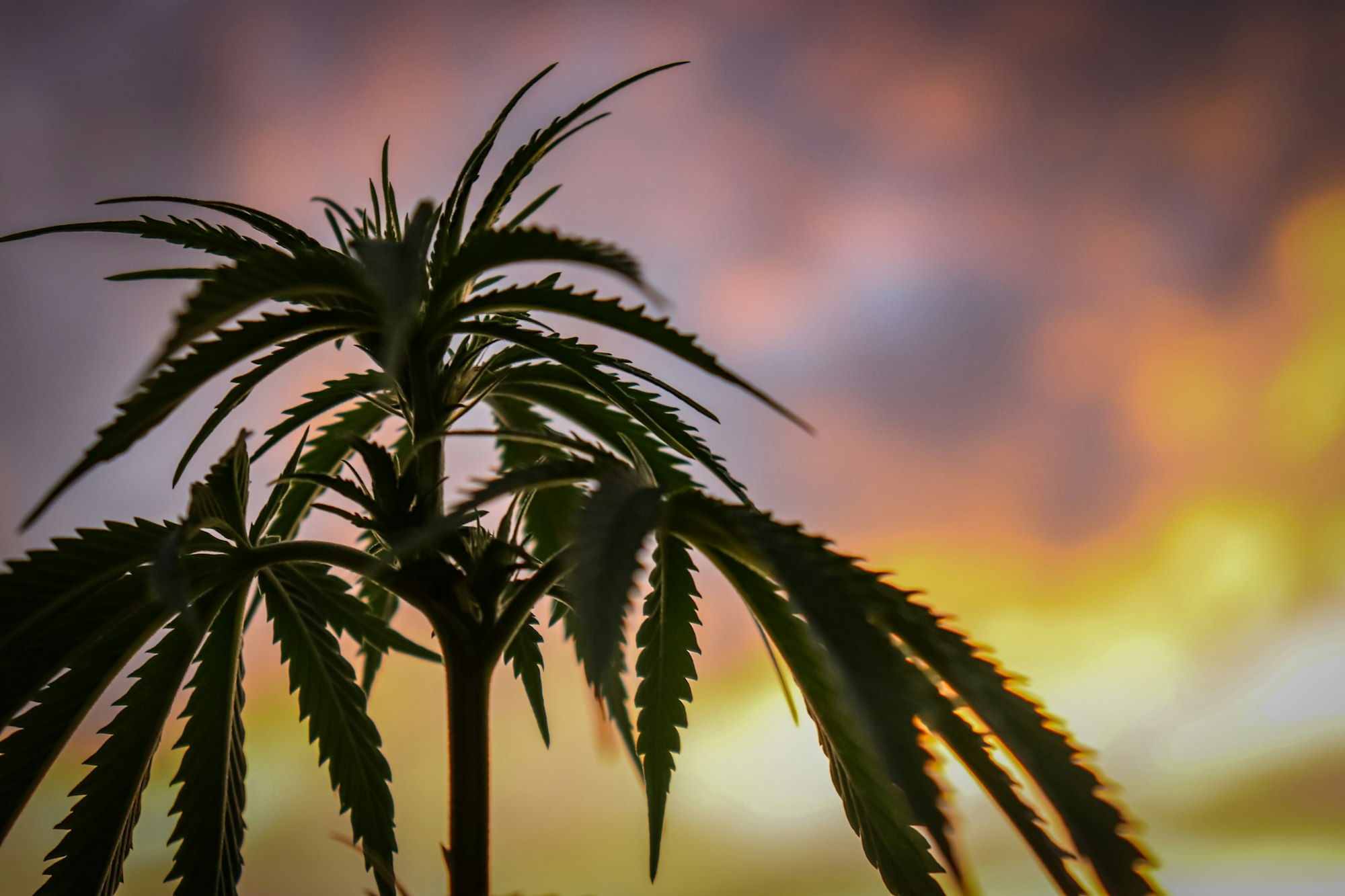Hemp as medicine – a history
Hemp as medicine has a long history. Let's dive into this development - from the first references to modern times.

The history of hemp as a medicinal plant goes back thousands of years – and yet it is still not complete. Evidence of the medicinal use of hemp appears time and again in various cultures.

Sometimes it was used to treat pain, cramps or inflammation, sometimes as a remedy for inner restlessness or sleep problems. What this shows is that hemp has had an astonishing consistency throughout medical history – and is now experiencing a noteworthy comeback.

First references
The earliest mention of hemp as a remedy comes from China. In the legendary work of Emperor Shen-Nung (c. 2700 BC), one of the fathers of Chinese medicine, hemp is listed as a component of pharmacology. Hemp was used there to treat pain and malaria, among other things.
From China, the plant made its way to India. Hemp is mentioned as a remedy as early as the Vedic scriptures (approx. 800 BC). Hemp was part of religious rituals, but was also used to treat physical ailments such as pain or loss of appetite.

In Persia, too, hemp played an early role. In the Avesta, the sacred scripture of the Zoroastrians (6th century BC), hemp is mentioned as a mind-altering substance. The term ‘bhanga’ also appears there – a preparation that was probably based on hemp and used for medicinal purposes.
In Egypt, hemp has been documented since around 1500 BC. The famous Ebers Papyrus, one of the most comprehensive medical texts of antiquity, contains numerous references to its medicinal use – the plant was part of the treasure trove of medicines. Among other things, hemp was used there to treat inflammation and pain or women's ailments. Some researchers even suspect that hemp is mentioned in even older papyri that are more than 2500 years old.

Greeks, Romans and antiquity
In antiquity, the medicinal use of hemp was less widespread, but there are still some sources. The historian Herodotus (5th century BC) reported on the Scythians, a horseriding people who threw hemp seeds onto hot stones to inhale the resulting vapour – an early form of inhalation.
Medically, hemp was mainly described by doctors such as Dioscorides (c. 50 AD). In his ‘Materia Medica’, one of the most influential works of antiquity, he recommended the juice of the plant for earache.

Galen (2nd century AD), one of Rome's most famous physicians, also wrote about hemp. He mentioned aphrodisiac effects, but also side effects such as headaches and stomach problems. The seeds were used as medicine, while the intoxicating herb played a minor role.
After the fall of the Roman Empire, hemp found new significance in Arab-Islamic medicine. In the 10th century, the reception of ancient medicine reached its peak. Authors such as Avicenna included hemp in their works. In his ‘Canon medicinae’, a standard work until the 15th century, he describes the medicinal use of the plant.

In contrast to ancient times, not only the seeds but also the leaves and flowers were now used medicinally. This was accompanied by the realisation that abuse was possible. During this period, hashish also established itself as a widely used medicinal and recreational drug.

Medieval Europe
Hemp also remained present in Europe. Worthy to mention is the contribution of Abbess Hildegard von Bingen (12th century), who describes hemp seeds in her ‘Physica’ as healing and digestive. She recommended hemp both as food and externally for the treatment of wounds.

In the following centuries, hemp appeared regularly in herbal books. Paracelsus, Otto Brunfels, Hieronymus Bock and Leonard Fuchs – the ‘fathers of botany’ – mentioned the plant in their writings. The seeds or oil made from them were often used as remedies, for example for headaches or digestive problems.
In the late Middle Ages, however, bans were also imposed. In 1484, Pope Innocent VIII declared hemp an ‘unholy herb’, which restricted its medicinal use – however, it did not completely suppress it.

18th and 19th centuries: The breakthrough in conventional medicine
In the 18th century, science began to take a more differentiated view of hemp. Initially, the medical use of the seeds remained in the foreground. However, contact with Indian hemp (Cannabis indica) led to a new assessment.
Researchers such as Georg Eberhard Rumphius (18th century) and Jean Baptiste Lamarck (late 18th century) were the first to describe the differences between Cannabis sativa and Cannabis indica. While sceptical about its intoxicating properties, doctors also recognised its medical potential.

Hemp experienced its real breakthrough in Western medicine in the 19th century. Irish physician William O'Shaughnessy, who practised in India, published a study in 1839 in which he successfully used hemp to treat diseases such as rheumatism, cholera, tetanus and epilepsy.
His reports caused a huge stir: suddenly, hemp was a serious medicine that found its way into Western conventional medicine. His work led to hemp being included in the pharmacopoeias of Europe and the USA. Doctors in Europe and the USA began to use hemp preparations widely.

Cannabis reached its peak in medicine in the late 19th century. Pharmaceutical companies such as Merck in Germany and Parke-Davis in the USA manufactured hemp preparations. These were prescribed for migraines, menstrual cramps, asthma, sleep disorders and pain. Hemp was even used in paediatrics and for mental health conditions.
Intensive scientific research was also conducted. The famous ‘Indian Hemp Report’ of 1894, compiled by a British commission in India, concluded that hemp should neither be banned nor classified as dangerous.

20th century – from decline to renaissance
The situation changed at the beginning of the 20th century. New medicines came onto the market, the standardisation of hemp preparations proved difficult, and legal restrictions increased. With the 1961 Single Convention on Narcotic Drugs, hemp was finally strictly regulated worldwide.
As a result, hemp disappeared from medical practice for decades – even though scientists such as Raphael Mechoulam made important discoveries in the 1960s, such as the isolation of THC and CBD.

A turning point came in the 1990s with the discovery of the endocannabinoid system in the human body. Since then, research into hemp and its active ingredients has gained enormous momentum. Today, hemp flowers and cannabinoid preparations such as dronabinol, nabilone and Sativex® are approved as medicines in many countries.
Non-psychoactive CBD in particular has become established – for example, for the treatment of certain forms of epilepsy. Since 2017, doctors in Germany have even been allowed to prescribe hemp flowers on prescription.

Conclusion: An ancient remedy with a new future
Long before hemp was suppressed in the 20th century, it had proven itself as a medicinal plant over thousands of years. From early advanced civilisations to the Middle Ages and Hildegard von Bingen to 19th-century conventional medicine and modern research, hemp as a medicine has a long and eventful history. Long forgotten, it is now experiencing a renaissance in medicine.

Whether for chronic pain, neurological disorders or mental health issues, hemp is already an indispensable remedy for many patients. Modern research and medicine are building on these ancient traditions and rediscovering the plant – this time on the basis of modern science – and research shows that the full potential of this plant is far from being fully explored.


